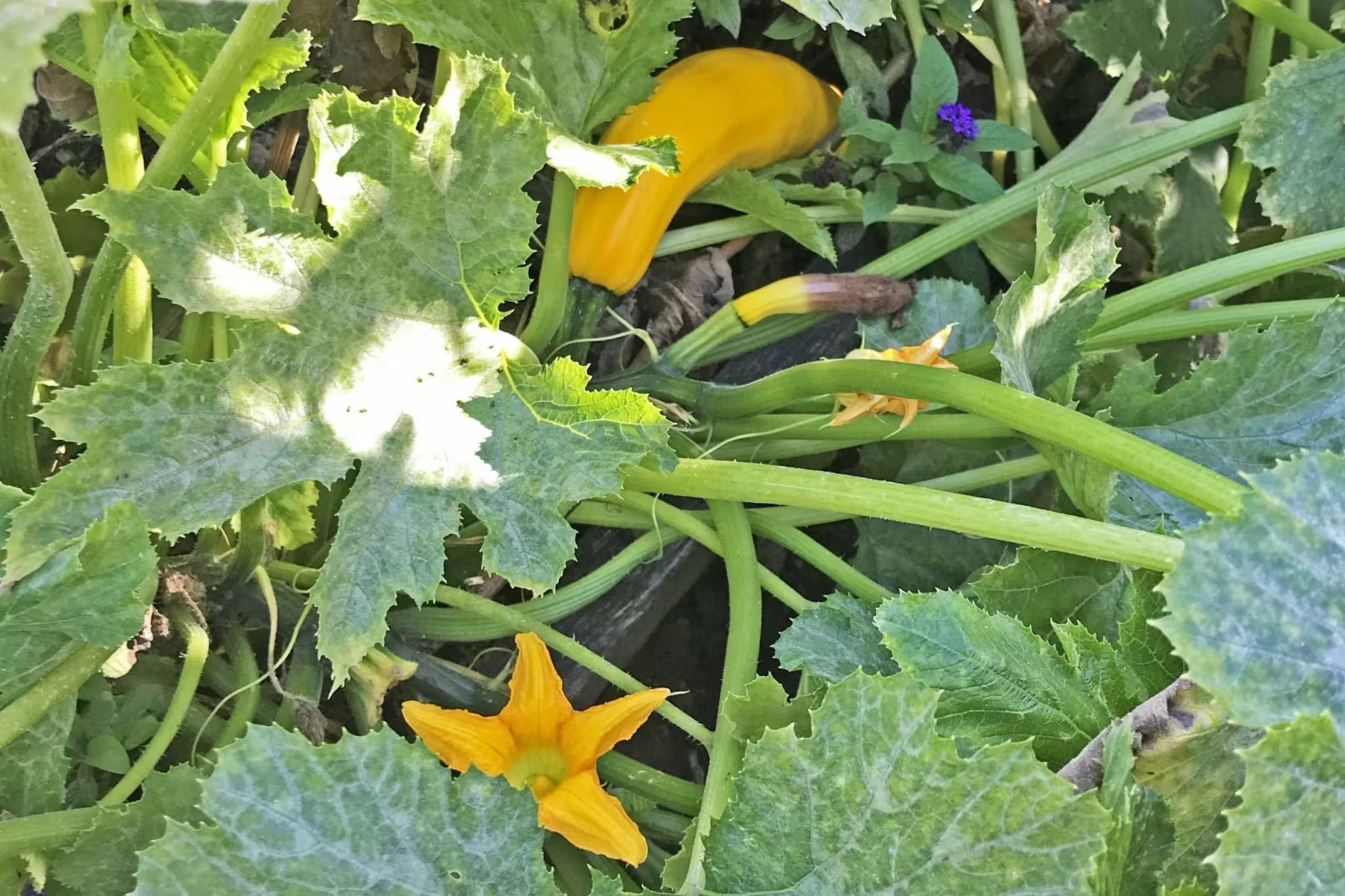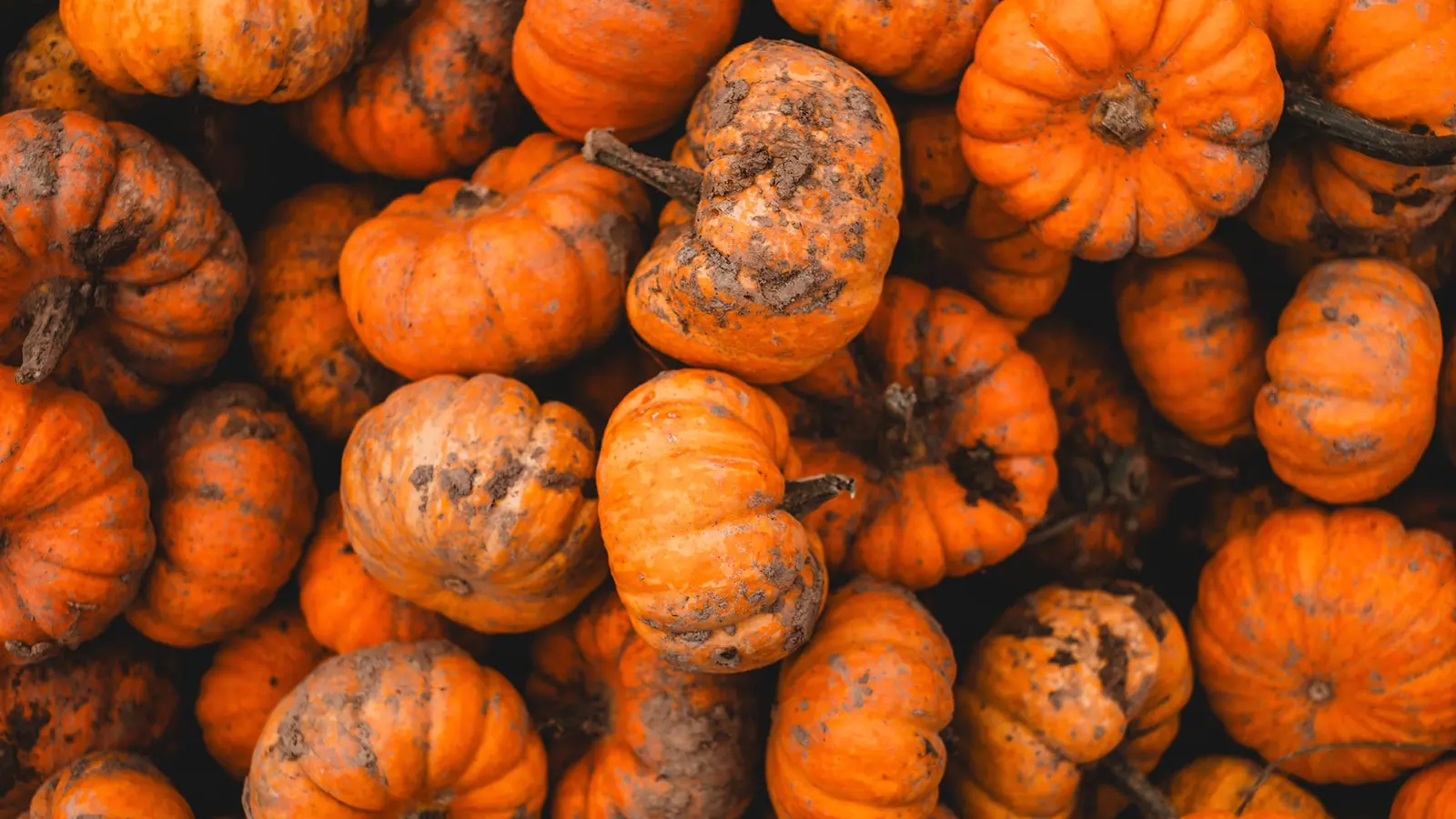5 Minutes
Researchers in Japan have uncovered a microscopic change in plant proteins that helps explain why pumpkins, zucchini and other gourds concentrate soil pollutants in their edible parts. The discovery points to two practical paths: breeding vegetables that avoid contamination, or designing plants that actively clean polluted soils.
A tiny protein signal explains a big problem
For decades, farmers and food safety scientists have noticed that members of the gourd family (Cucurbitaceae) — pumpkins, zucchini, cucumbers and melons — often contain higher levels of certain soil-borne contaminants than many other crop groups. These substances tend to be persistent in the environment, and when they accumulate in fruit they can pose a health risk to consumers.
Hideyuki Inui and his team at Kobe University investigated why gourds behave differently. Earlier work identified a class of plant proteins capable of binding pollutants; these proteins can shepherd toxins through plant fluids. The new study, published in Plant Physiology and Biochemistry, follows up on that lead and shows that a very small change in the protein’s amino-acid sequence acts like a postal code: it tells the cell whether to keep the protein inside or to export it into the plant sap.
How secretion changes pollutant flow
The researchers found that variants of the pollutant-binding protein that are secreted into the sap can travel to the plant’s aboveground tissues, whereas non-secreted forms stay inside cells and are less likely to move upward. In varieties that accumulate more pollutants, higher amounts of the secreted variant occur in the sap — a plausible mechanism for why fruit ends up containing more contaminants.
To test the idea, the team introduced the high-accumulation protein variant into tobacco plants. The tobacco plants began exporting the protein into their sap as well, demonstrating that the amino-acid difference is sufficient to change the protein’s destination inside the plant. As Inui notes, "Only secreted proteins can migrate inside the plant and be transported to the aboveground parts. Therefore, secretion appears to be the key distinction between low- and high-accumulation varieties."

The gourd family of plants comprising pumpkins, zucchini, melons, cucumbers and more are known to accumulate high levels of pollutants in their edible parts. Understanding the mechanism behind the pollutant accumulation is crucial to creating safer produce. Credit: Hideyuki Inui
Implications for food safety and phytoremediation
This protein-level insight has two immediate implications. First, crop breeders could select for varieties with protein variants that are retained in cells rather than secreted — reducing the amount of pollutant that reaches fruit. Second, researchers could flip the idea and design plants that deliberately secrete pollutant-binding proteins to maximize uptake, turning those plants into living tools for cleaning contaminated soil (a technique called phytoremediation).
Controlling a protein’s pollutant-binding strength or its tendency to be secreted offers a molecular lever. Genetic modification or precision breeding could tune that lever to either protect harvests or enhance soil cleanup. That flexibility makes the finding attractive: it does not require discovering new detoxifying enzymes, only altering how existing binding proteins are produced and routed within plant tissues.
What this means for farmers and the environment
Imagine fields near industrial or legacy-contaminated sites. If farmers plant gourds with retained (non-secreted) protein variants, their harvests might carry substantially lower contaminant loads, improving food safety without changing soil chemistry. Conversely, planting specially engineered gourds that secrete high-efficiency binding proteins could help extract pollutants from soil over multiple growing seasons, reducing cleanup costs and ecological risk.
Expert Insight
"This study neatly links a molecular signal to a visible agricultural problem," says Dr. Amelia Cortez, a plant molecular biologist at the University of Sheffield. "It shows how a single amino-acid difference can reprogram a protein’s route through the plant — and that control point is exactly what breeders and biotechnologists need to target for safer food or more effective phytoremediation."
Future work will need to map which specific contaminants are most affected by these proteins, verify long-term safety of modified crops, and test phytoremediation strategies in real contaminated soils. Still, the finding provides a practical roadmap: understand the transport proteins, then design plants to either block or boost pollutant movement depending on the goal.
Source: scitechdaily


Leave a Comment